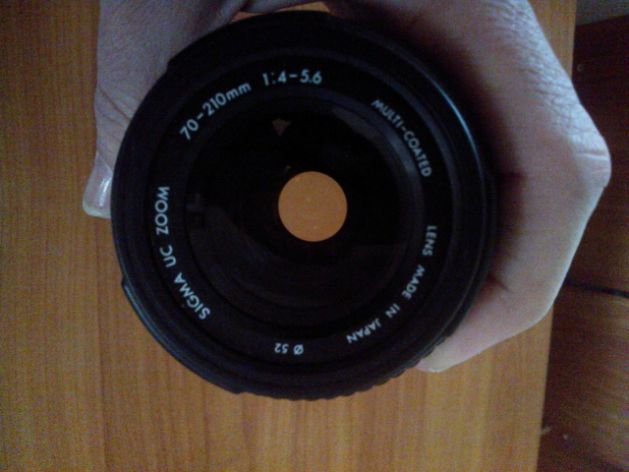What is the difference between the f numbers in the DSLR lenses?

I'm looking to buy a zoom lens for my new dslr
i'm new to photography and dslr
but i understand enough to know that the smaller the f number the wider the apperture
and better options when taking pictures
the problem i have with the f number is the way they are displayed.
what everyone seems to care to talk about is 1.2 2.3 3.0 and
whatever has a number a period and a number 0.0
what is the difference between 1:4 and 1.4 usually displayed as 1:4 - 5.6
why the Colon instead of the period?
and what is the 5.6 representing?

The smaller the f/number, the larger the (relative) size of the aperture or hole, the more light can pass through, the faster you can take the shot, the better you freeze action and easier to shoot in lower light conditions. Larger aperture sizes also bring about shallower depth of field (DOF) making it easier to blur backgrounds in portraits.
Anything lower than f/2 is huge enough. F/1.8 is perfect for budget single focal length lenses (no zoom). For zoom and telephoto lenses, the largest aperture size you can find is f/2.8 which is just a stop smaller than f/2.
You are over thinking the issue.
Here is how the f/stop is calculated
If you have a 50 mm lens and the lens aperture is 25 mm, then it is said to have an f/stop of 2… 50/25 = 2
The "F" in f/stop refers to the fraction (the f in f/stop) the aperture is when compared to the focal length of the lens
Just forget the "1:" you see on the lens and pay attention to the lens apertures that follow it.
If there are two stops listed then that means that at the zoom lenses widest focal length, the aperture is the lower number and at the zoom lenses longest focal length, the largest number applies.
Spend some time on the Nikon website reading about the various lenses available and see if you can begin to understand what is meant by the various terms used when describing a lens. And other parts of the Nikon system
http://www.nikonusa.com/...index.page
This will take some time, but eventually you will understand more about the terms that surround photography and the tools photographers use
It's a colon because it's a ratio - the maximum aperture at 70mm on that lens is f4, not f1.4 - you lose a stop (halve the amount of light entering the lens) by zooming to 210mm, thus f5.6.
Aperture is either expressed in f-numbers (f2.8, f4, f5.6, f8 etc) or as a ratio (1:2.8, 1:4, 1:5.6, 1:8…). In either case each allows in twice as much light as the value below it, and half as much as the value above.
If you want to know why the sequence works like that, it might be a good idea to look it up.
I also don't have the knowledge of such fraction but i used see videos on youtube and some magazines of photography and got knowledge about using lenses and if you need to understand about f1.5/5.6 then use below link to find out details
Others have already answered this question, but I will add a word of caution if you are buying over the internet.
As others have said, f2.8 is a larger aperture than f4.0, so you get more light going into the lens.
In general the wider the maximum aperture is, the better the lens is going to be - and a zoom with a constant aperture such as an 18-35mm f2.8 will be much better than one with a varying widest aperture such as an 18-35mm f3.5-f4.5 lens.
BUT a lens with an f2.8 maximum aperture is more difficult to make than one with an f4.0 aperture. You need a lot more glass. That also makes it significantly larger and heavier as well as more expensive.
So don't just choose a lens on the internet and go for it purely on maximum aperture size or even on reviews. Go to a specialty camera shop and take a look at some of these lenses. The wider aperture lenses can be Really big and heavy. Make sure that you see the lens before you buy or you could be lugging around a great weight which you may not even need!
The "1:" is sort of the same as "f". It is a ratio of one part aperture to four parts focal length.
The lower f ratio is at the zoom lens' shortest focal length (wide angel). The higher f ratio is at the longest focal length (most telephoto). It may have some intermediate f values along the zoom range.
- Difference between Nikon DSLR and Canon DSLR?
- What do the Numbers on Lenses Mean?
- What do the colors on f-stop numbers mean on manual lenses?
- Nikon D3100 Lenses, I have an AF-S Nikkor 18-55mm 1:3.5-5.6G What do these numbers mean?
- What's the difference between these two lenses? Am I missing something?
